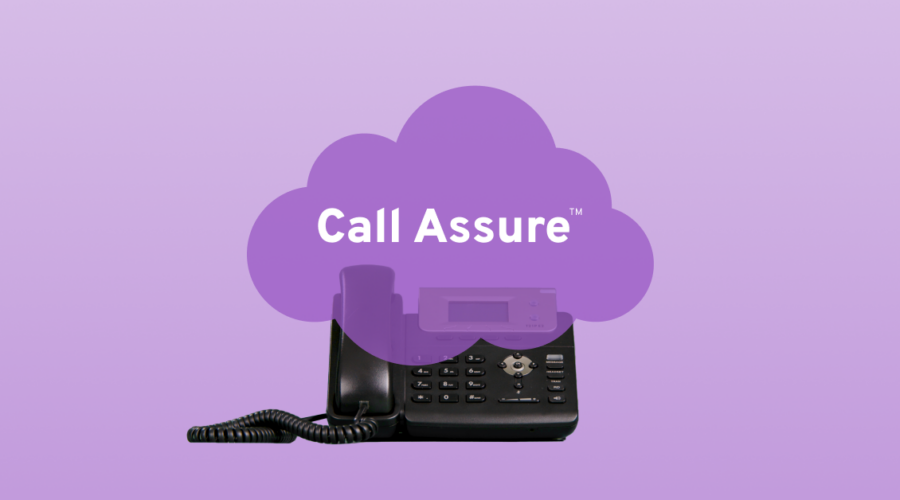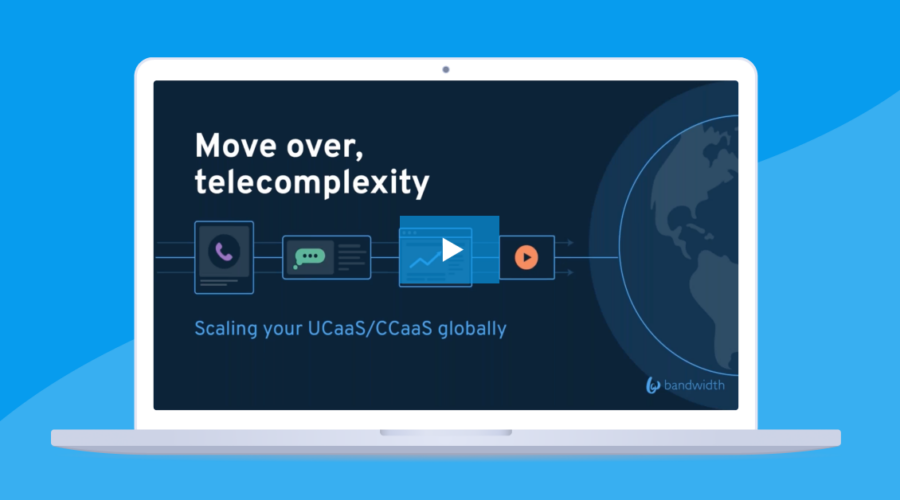Myth #1: Consolidating your toll-free service with one vendor means you’re single-threaded through a single point of failover.
→ Pro-tip: Myth #1 starts around 6m 32s in the webinar.
At the center of this myth is the concern of being single-threaded with a single provider. In many communications businesses, the default strategy to achieve redundancy and avoid being single-threaded is to:
- Split traffic between multiple toll-free carriers using a percent-based allocation of toll-free numbers and associated voice traffic, or
- Become a RespOrg and manage redundancy and multiple vendors yourself.
The problem with these strategies is that both of them still have the potential to leave you single-threaded. How?
Approach #1: Splitting traffic between carriers
First, splitting traffic by a percentage-based allocation to individual carriers still means that if that carrier has an outage, all of the allocated traffic with that carrier ends up failing. Most carriers only have their own toll-free networks to route traffic over, so if something fails on their network or at the local market level, you’re at risk.
Approach #2: Becoming your own RespOrg
Second, becoming your own RespOrg can give you the option of using multiple carriers, but you run the risk of having to troubleshoot local market issues on your own, without many of the tools that carriers have in their toolkit. You are also reliant on your in-house expertise and personnel, which means if your Toll-free Administrator “Steve” goes on vacation, your incident response capabilities also go on vacation.
Questioning single-threaded solutions
Here are a few things to consider when evaluating if you’re at risk of being single-threaded with any one provider:
- Do you have diverse connections to your carrier (physically & logically redundant)?
- Does your carrier have redundancy in all of their network elements (routers, layered switches, firewalls, etc.)?
- What failover scenarios does your carrier have in place for when outages may inevitably occur?
- Can you or your provider see into the PSTN and local markets to make sure that your calls are getting completed, troubleshooting them when necessary?
So, how can a single provider give you the redundancy you need to be able to consolidate your toll-free traffic and still avoid the risk of being single-threaded? It’s not easy to do, but entirely possible if you’re working with a carrier that owns their own feature group D network for toll-free while maintaining direct peering relationships with four other major toll-free carriers for 5x carrier redundancy. A partner like Bandwidth will give you all of this, which means you can consider this myth BUSTED.
Myth #2: The only way to save on costs is to maintain your own RespOrg.
→ Pro-tip: Myth #2 starts around 22m in the webinar.
The continual pressure of cutting costs can make it seem like your only option is to cut out the middleman and do it yourself. However, the strategy of becoming your own RespOrg to get numbers and manage routing directly with Somos only focuses on some of the front-end cost benefits for toll-free management as a RespOrg.
While you might be interested in getting the flat $.1234 per toll-free number (TFN) rate directly from Somos, you need to consider the other costs that come with managing your own toll-free.
The true expense of DIY
The key reason why this myth is problematic comes in the form of hidden RespOrg management costs. These back-end costs can include things like:
- True costs of managing carrier relationships (full-time employee expertise, carrier invoice mediation, maintenance of carrier interconnections)
- Higher MOU prices due to lower volumes & reduced negotiating power
- Costs of 24/7 issue isolation & repair
- Expensive 3rd party tools & network monitoring software
By only focusing on the potential upfront savings that comes from ordering toll-free numbers directly from Somos, you can easily ignore the higher costs you will end up paying on the back end.
Not to mention, if your customers experience outages and you aren’t able to fully resolve the issue fast enough, those valuable customers will likely look for another provider, severely impacting your bottom line and any savings that you were after in the first place.
At Bandwidth, you get the best of both worlds, making this myth BUSTED. You can save on costs, avoid the pitfalls of the DIY-approach, and your customers will benefit from your ability to focus on innovation and support for their everyday needs—instead of managing toll-free.
Myth #3: Giving up RespOrg status means you lose control over your toll-free service.
→ Pro-tip: Myth #3 starts around 33m 30s in the webinar.
If you’re already a RespOrg and you’re hesitant to hand that responsibility over to someone else, you’re not alone. You’re simply operating under the assumption that the best way to maintain control is to manage your toll-free service yourself as a RespOrg with Somos. That’s where this myth gets BUSTED.
What we’ve learned over years of working with customers like Phone.com and other similar companies is that we’re all way more interested in peace of mind than physical routing “control”.
Giving our customers true peace of mind is a tall order, and it’s something we do not take lightly here at Bandwidth. Here are just three (of many) ways we help businesses stay in control of their toll-free without the burden of responsibility:
- We give you the robust tools & APIs to control toll-free number ordering via the click of a button on our app or embedded within your own platform.
- Our deep toll-free number inventory and robust searchability allows you to find the numbers you need instantaneously.
- We have 5x carrier redundancy on our toll-free network and a 24/7 NOC & TAC that can monitor the network, look into the PSTN for deeper insights, and route around local market impairments or carrier-related issues to keep your calls (and your revenue) flowing.
With the right partner like Bandwidth, you’re in control without responsibility—and this myth is BUSTED.




